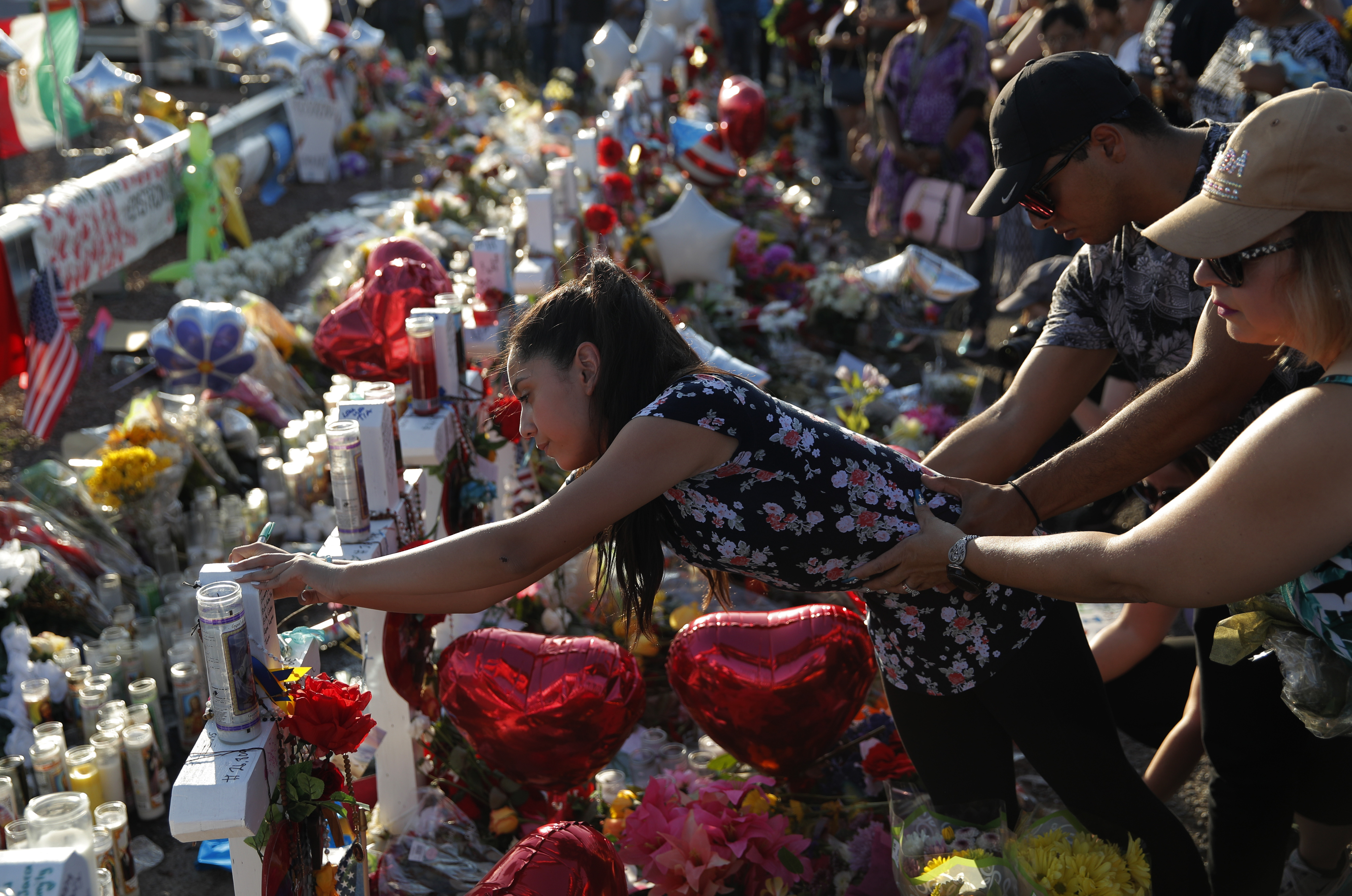- Mass shootings in El Paso, Texas, and Dayton, Ohio, killed 31 people in less than 24 hours on August 3-4.
- President Donald Trump seemed to blame the shootings on “gruesome video games” and “mentally ill monsters,” but there’s no scientific link between either of these factors and gun violence.
- Instead, scientific research shows that a history of domestic abuse and easy access to guns are strongly linked to higher rates of gun deaths.
- Visit Business Insider’s homepage for more stories.
On Saturday, a gunman opened fire at a Walmart in El Paso, Texas, killing 22 people and injuring dozens more. The suspect was arrested, and the US Justice Department is investigating the incident as an act of domestic terrorism that may have targeted immigrants.
Less than 24 hours later, a gunman killed nine people, including his sister, on a street in Dayton, Ohio, and wounded 27 others before he was killed by the police.
The week before, yet another gunman, a 19-year-old, killed three people (two of them children) and injured 13 before fatally shooting himself at a festival in Gilroy, California.
Though President Donald Trump has blamed these mass shootings on mental illness and video games, the science on gun violence does not back up those claims. Rather, studies have found that a person’s history of domestic abuse and having easy access to guns, particularly assault weapons, are linked to higher rates of gun violence.
Here's what research tells us.
Gun violence is poorly researched, but studies have strongly linked it with certain factors — and turned up little evidence for others.

"In relation to mortality rates, gun-violence research was the least-researched cause of death and the second-least-funded cause of death," the authors of a 2017 study wrote.
The study attributed this lack of research to a 1996 bill that barred scientists at the Centers for Disease Control and Prevention from researching gun violence. In 2018, President Donald Trump signed a bill that allowed the US government to fund gun-violence research again as long as it did not promote gun control.
One thing that is not not linked to gun violence: mental illness. So Trump's claim that "mental illness and hatred pulls the trigger — not the gun" is unfounded.

Following the shootings in Dayton and El Paso, Trump blamed the violence on "mentally ill monsters." He called for improvements to mental-health treatment and, "when necessary, involuntary confinement" of mentally ill people.
But people with mental illness are far more likely to be victims of violent crime than perpetrators.
A 2016 study from the American Psychiatric Association found that "mass shootings by people with serious mental illness represent less than 1% of all yearly gun-related homicides." Overall, people with mental illness contribute to only about 3% of violent crimes, the study found.
"Routinely blaming mass shootings on mental illness is unfounded and stigmatizing," the American Psychological Association's president, Rosie Phillips Davis, said in a statement on Monday. "The rates of mental illness are roughly the same around the world, yet other countries are not experiencing these traumatic events as often as we face them."
Trump also falsely suggested that violent video games were associated with violent behavior. But researchers have found no link between mass shootings and video games.

Analyses of perpetrators of mass homicide have not identified any correlation to violent video games. In fact, a 2002 US Secret Service study of 41 school-shooting perpetrators suggested that the shooters consumed relatively low quantities of violent media.
Even studies that looked into connections between violent video games and minor aggressive behaviors have had mixed results.
"The data on bananas causing suicide is about as conclusive," Chris Ferguson, who led a public-policy committee on mass shootings and violent media for the American Psychological Association, told The New York Times. "Literally. The numbers work out about the same."
A factor that is clearly linked with higher rates of gun violence, however, is domestic violence. The perpetrators of many of the deadliest mass shootings in recent US history had a history of domestic abuse or violence against women.

The men who carried out the shootings at the Pulse nightclub in Orlando, Florida; a social-services center in San Bernardino, California; a Baptist church in Sutherland Springs, Texas; and a country-music festival in Las Vegas had all stalked or abused women before.
Connor Betts, who carried out the shooting in Dayton, Ohio, has been described as having a two-column "hit list" in high school: a "kill list" for boys and a "rape list" for girls, one of Betts' former classmates told CNN. Another classmate said Betts would often use harsh language about women. On Sunday, Betts shot and killed his own sister.
A 2018 analysis published by Everytown, a nonprofit dedicated to reducing US gun violence, indicated that in at least 54% of mass shootings the perpetrator also shot a current or former intimate partner or family member.
When people convicted of domestic abuse were barred from buying guns, gun deaths decreased.

The Lautenberg Amendment to the 1968 Gun Control Act disqualifies people with a misdemeanor conviction for domestic violence from buying or owning firearms. According to a 2017 study, gun murders of female intimate partners decreased by 17% as a result of that amendment.
Another factor with a strong link to more gun violence is access to guns.
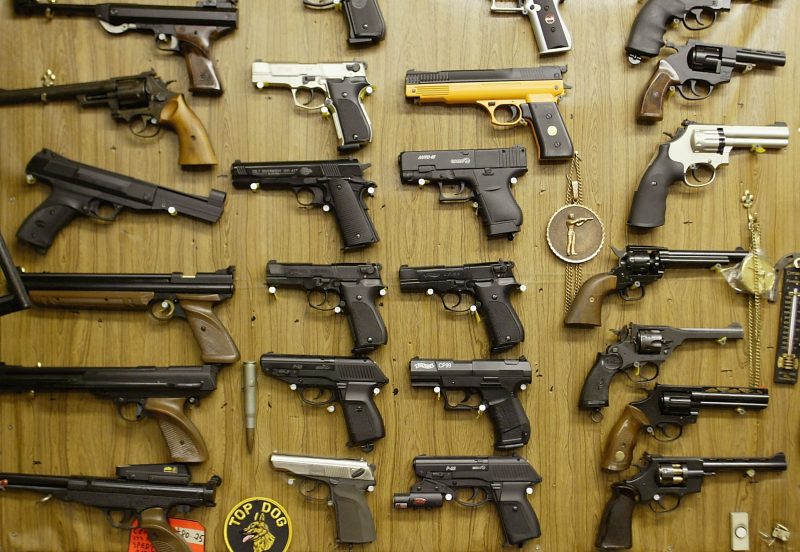
A study published in February found that individuals who had access to guns were over 18 times more likely to have threatened someone with a gun compared to people without such gun access.
The study also looked into the relationship between mental health and gun violence among young adults in Texas. The researchers found no relationship between mental-health issues and gun violence.
"The link between mental illness and gun violence is not there," lead study author Yu Lu said in a press release.
Permissive gun policies are also associated with more shooting deaths, researchers have found.
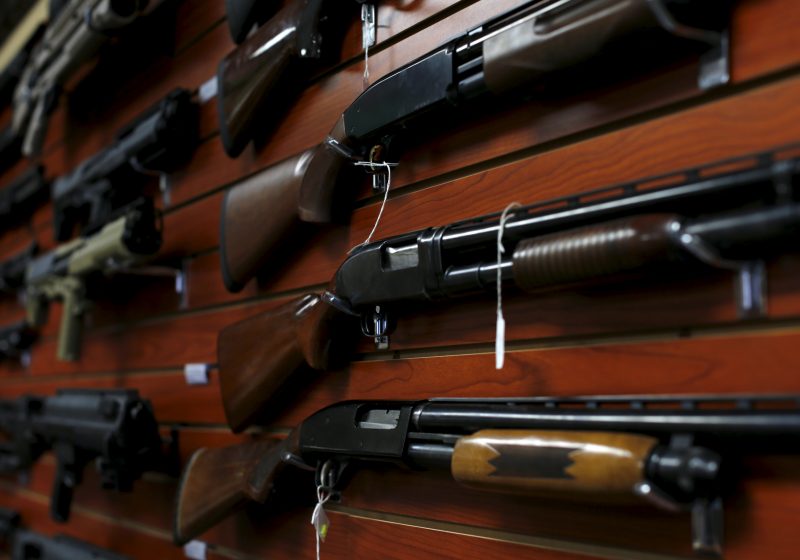
For a study published in March in the medical journal BMJ, researchers assigned each of the 50 US states an aggregate "firearm laws score," ranging from 0 (completely restrictive) to 100 (completely permissive). The scores accounted for 13 factors, including gun permit requirements, if and where guns can legally be carried and kept, and whether state laws ensure a right to self defense.
The results suggested that a 10-unit increase in the permissiveness of state gun laws - according to the scoring system - was associated with an 11.5% higher rate of mass shootings.
What's more, every state's score shifted towards greater permissiveness from 1998 to 2014.
By contrast, Switzerland, which has high gun ownership but hasn't seen a mass shooting in 18 years, has strict gun policies including rigorous licensing procedures (including training) and restrictions on who can buy guns.
Studies have also found a link between more gun purchases and higher rates of accidental gun deaths.
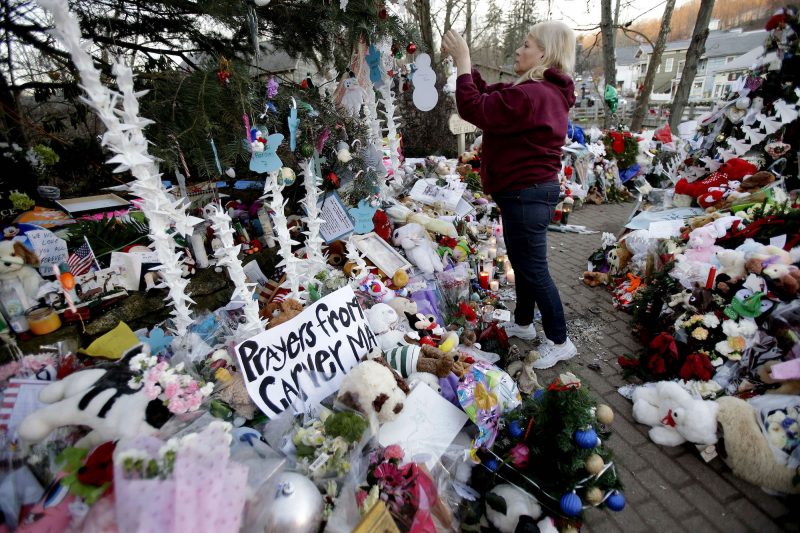
In December 2012, a gunman killed 20 children and six adults at Sandy Hook Elementary School in Newtown, Connecticut. The tragedy gave rise to calls for gun-control regulation, which led to a now predictable phenomenon: People bought more guns.
With a sales spike of 3 million more guns in the months after the Sandy Hook shooting, the rate of accidental deaths related to firearms rose, especially among children, according to a study published in the journal Science. The researchers calculated that 40 adults and 20 children died as a result of those additional gun purchases.
Unsurprisingly, accidental gun deaths are more likely to occur when firearms aren't kept properly locked and away from children.

In 2015, 13 million US households with children contained firearms. Fewer than one in three of those households, however, followed the American Academy of Pediatrics' recommendations to store all household firearms locked and unloaded.
A study published this year found that up to 32% of youth suicides and accidental firearm deaths (with youth defined as any person 19 years old or younger) could be prevented if the remainder of these households locked up their guns.
Specifically, the researchers found that if 20% of households that keep at least one gun unlocked started locking up all their guns within a year, between 72 and 135 youth firearm fatalities could be prevented.
There's also a clear link between assault weapons and gun massacre deaths. After Congress let a 1994 ban on assault weapons expire in 2004, gun massacres increased by 183%, and associated deaths went up 239%.
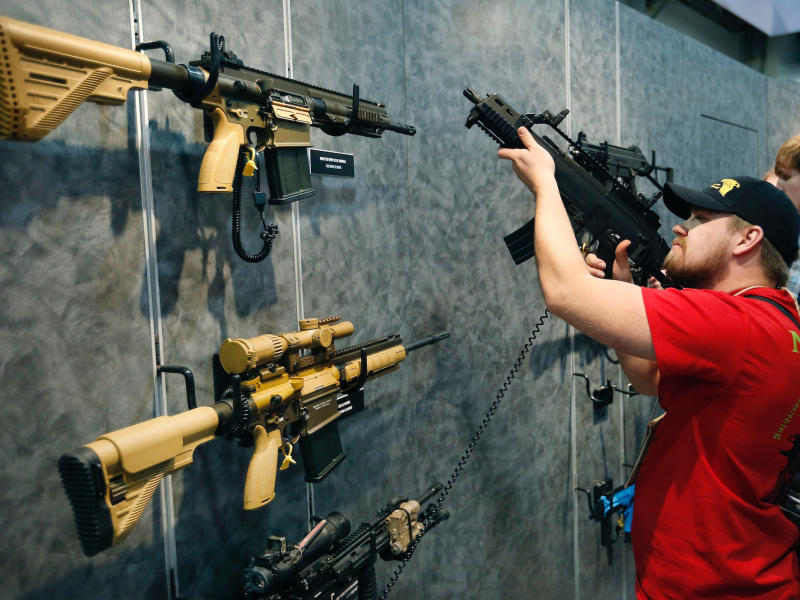
The 1994 policy prohibited Americans from buying military-style firearms with high-capacity magazines, which enable shooters to discharge many rounds of ammunition in a short amount of time. After the assault weapons ban went into effect, the number of deaths from gun massacres - defined as shootings in which at least six people die - decreased by 43%, as researcher Louis Klarevas reported in his book "Rampage Nation."
When Congress let the ban expire, the opposite trend was observed.
Most gun deaths in the US are suicides and do not involve assault weapons. But most of the deadliest mass shootings in recent US history involved a military-style weapon with a high-capacity magazine.
Researchers and policy experts think a new ban on assault weapons could reduce mass-shooting deaths.
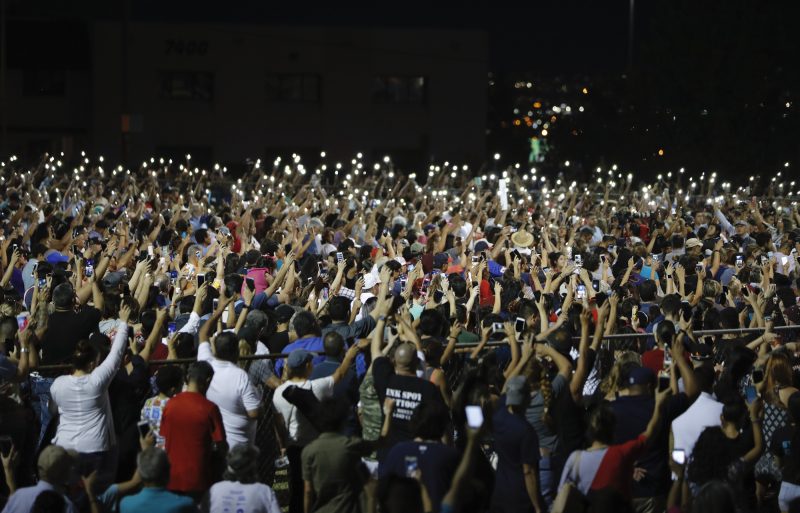
In 2016, the New York Times asked 32 gun-policy experts to rank the effectiveness of policy changes for reducing deaths from mass shootings on a scale from one to 10. The experts gave an average score of 6.8 to an assault-weapons ban, a semiautomatic-gun ban, and a high-capacity-magazine ban - the highest score of the 27 policies surveyed.
"Nearly every mass shooting illustrates that large-capacity magazines can increase the death toll and that forcing a shooter to reload more frequently can provide opportunities for counter-attack by those around," John Donohue, who researches mass shootings at Stanford University, previously told Business Insider.
He added: "Accordingly, a ban on high-capacity magazines is absolutely essential if one wants to reduce the loss of life from active-shooter scenarios."
A lack of background checks is also associated with higher rates gun violence.

States that have stricter background-check laws for gun purchases have fewer school shootings, and some show reduced gun homicide rates overall.
A 2018 study published in BMJ looked at 154 school shootings from 2013 to 2015 and found that states with background-check policies had fewer such events. States that spent more money on education and mental health-care also had lower rates of school shootings.
Another study from 2015 found that a 1995 Connecticut law requiring gun buyers to get permits that involved background checks was associated with a 40% reduction in gun homicides.
By contrast, a study found that after Missouri repealed its permit-to-purchase law (which included a background-check requirement) in 2007, the change was associated with a 23% increase in gun homicides.
Research from the nonpartisan Rand Corporation estimates that universal background-check policies, which would mandate background checks for all firearm sales and transfers (including between private parties), could prevent 1,100 gun homicides per year.
Finally, concealed-carry policies are also associated with increased firearm homicide rates.
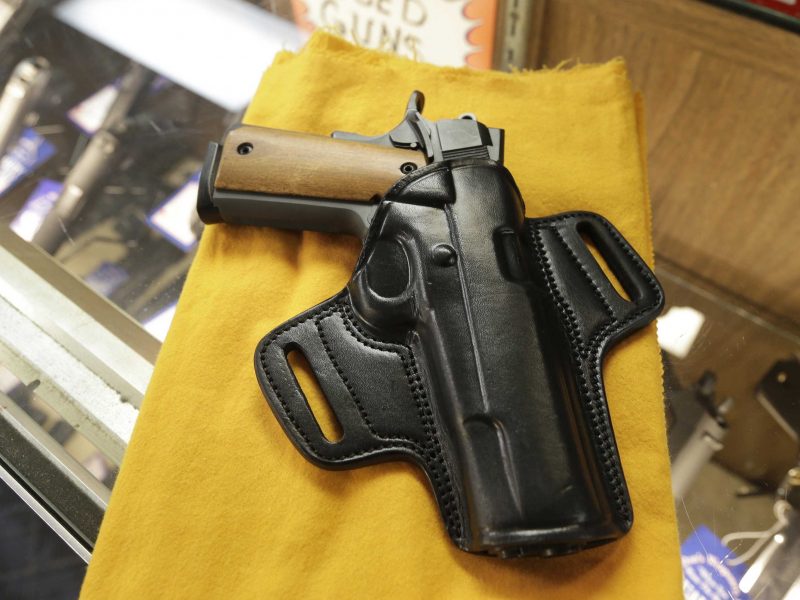
States that have right-to-carry (RTC) gun laws allow anyone who can own a gun and meet necessary conditions to get a concealed-carry permit. Four decades ago, only five states allowed concealed carry. By 2014, all but eight states had reinstated RTC laws. Today, no states prohibit concealed carry in public.
A 2017 study found that concealed-carry laws increased the rate of firearm homicides by 9% when homicide rates were compared state by state.
There have been 255 mass shootings in the US in 2019, and 8,936 people have died from gun violence, according to the Gun Violence Archive.

The group has recorded a total of 33,679 incidents of gun violence and gun crime this year.
In 2017 - the most recent year for which data is available from the Centers for Disease Control and Prevention (CDC) - 39,773 people died from firearms. Most firearm deaths are suicides and homicide, not mass shootings.
The gun murder rate in the US is 25 times higher that of other high-income nations, and the gun suicide rate is eight times as high.
Hilary Brueck contributed reporting to this story.
